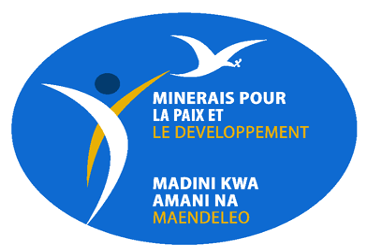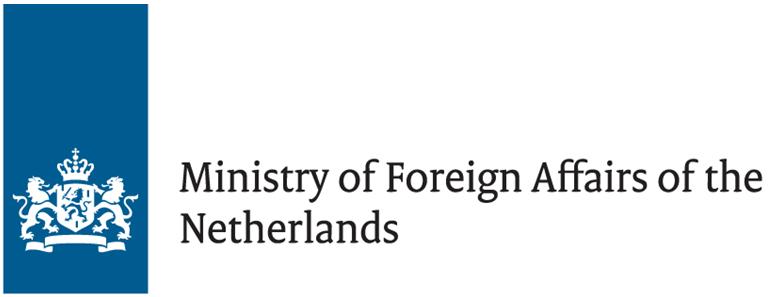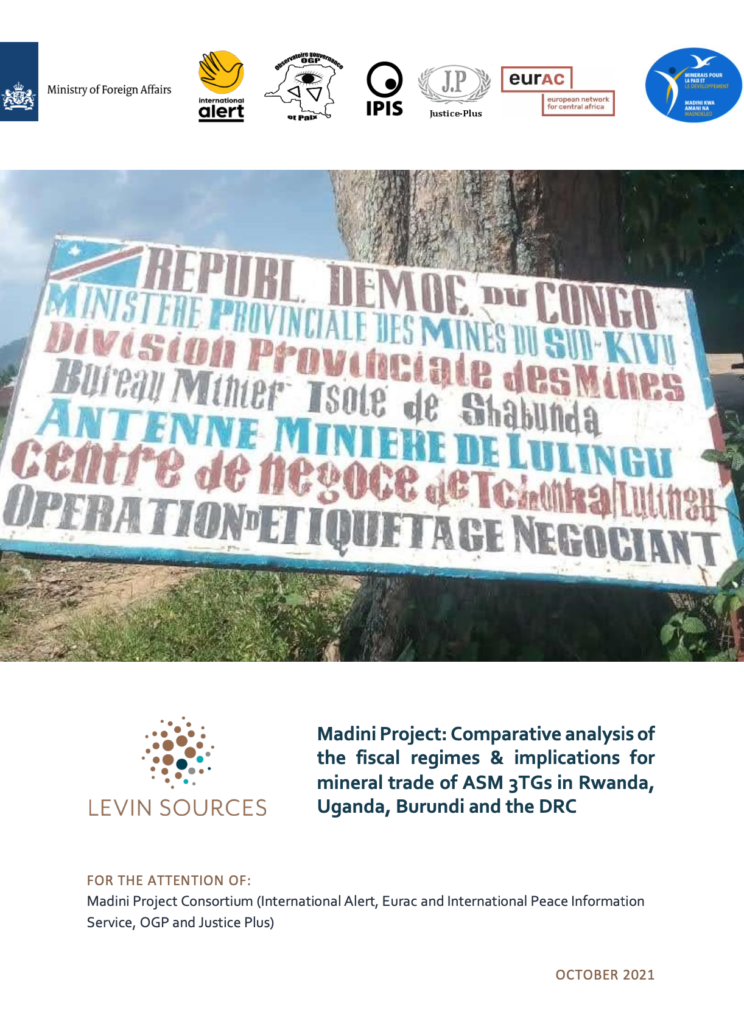This briefing paper looks at the relationship between mineral fiscal regimes and the smuggling of minerals in the Great Lakes Region, both within and between countries. It presents an overview and comparative analysis of the fiscal regimes applicable to the artisanal and small-scale (ASM) production of tin, tungsten, tantalum and gold (3TGs) in Uganda, Rwanda, Burundi and the DRC, looking at the principal ways in which the legal and regulatory frameworks of these countries provide incentives and disincentives for the formal production and trade of 3TGs in the region.
Currently, illicit smuggling of minerals is costing the government of the DRC a conservative estimate of $22 million USD per year, thereby staunching development and contributing to the destabilisation of the national economy. Recognising that fiscal harmonisation has long been heralded as a key strategy to disincentivise mineral smuggling and increase transparency in the GLR, the recommendations put forward in this paper are targeted towards facilitating tax compliance for actors who would like to operate formally but for whom the fiscal (financial or logistical) burden is too great.
Drawing on lessons learnt from neighbouring countries, the study presents recommendations for a simpler, more harmonised tax regime in the DRC that can promote tax compliance and formalisation in the ASM sector whilst simultaneously boosting government revenues. On the other hand, it advocates for fiscal reform in the Great Lakes Region more widely and encourages the International Conference for the Great Lakes Region (ICGLR) to support reforms.

This comparative analysis was produced by Levin Sources on behalf of the Madini project.
The Madini project in funded by the Dutch Ministry of Foreign Affairs



